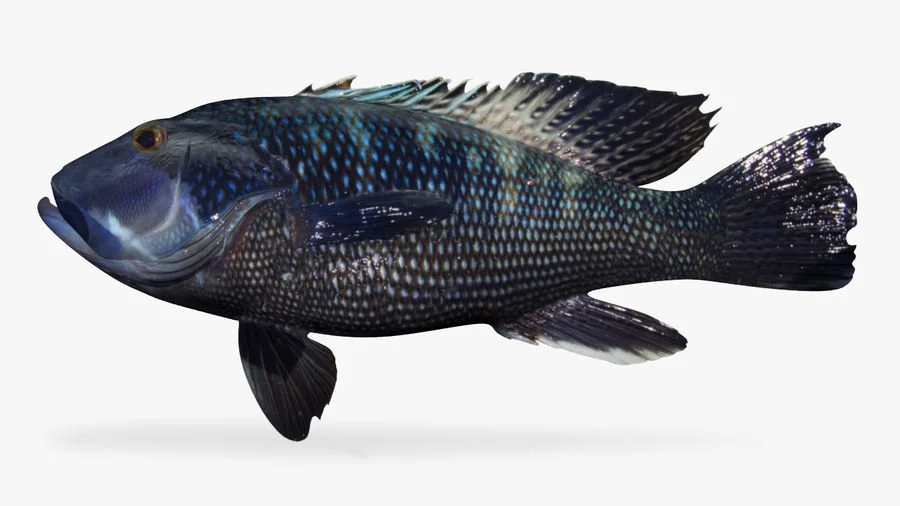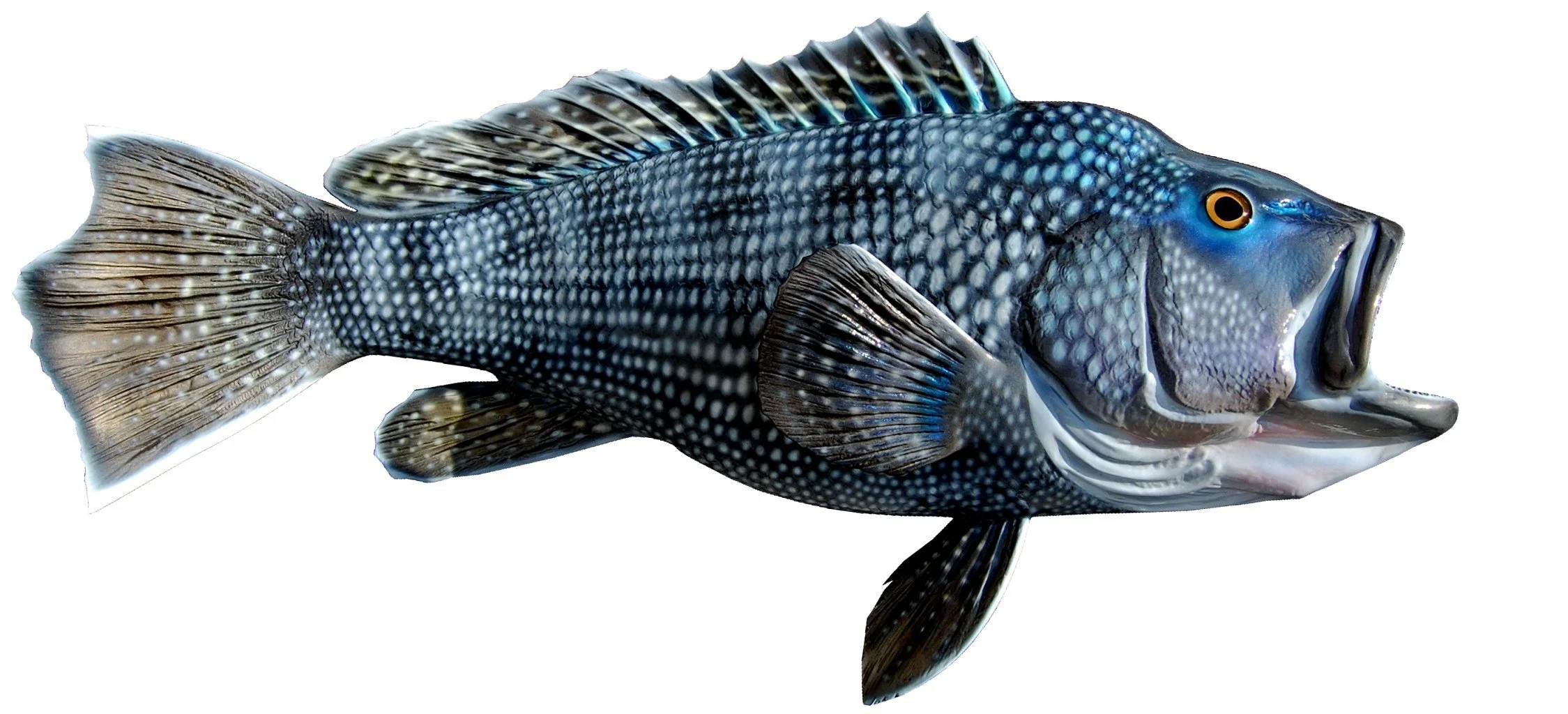Black sea bass
The black sea bass fishery in the U.S. operates from Maine to Florida. Black sea bass are found in association with structured habitats. They migrate offshore and south in the fall, returning north and inshore to coastal areas and bays in spring. The black sea bass fishery predominantly uses trawls or rod and reel, but other gear includes longline, handline, pot, trap, gillnet, and spear. The market for black sea bass is for human consumption. U.S. wild-caught black sea bass is a smart seafood choice because it is sustainably managed and responsibly harvested under U.S. regulations.
Population Status
There are two stocks of black sea bass: Mid-Atlantic and South Atlantic stocks. According to the most recent stock assessments:
The Mid-Atlantic stock is not overfished and is not subject to overfishing (2021 stock assessment).
The South Atlantic stock is not overfished (2018 stock assessment) and is not subject to overfishing based on 2019 catch data.
Appearance
Black sea bass are usually black, but smaller ones are more of a dusky brown.
The belly is slightly paler than the sides.
Fins are dark with dusky spots.
The dorsal fin is marked with a series of white spots and bands.
During spawning, dominant males turn bright blue and have a blue hump on their heads.
Biology
Black sea bass grow slowly, up to 2 feet and 9 pounds.
They are able to reproduce when they reach 1 to 3 years old.
They are protogynous hermaphrodites—most black sea bass start out as females, and as they mature and grow they become males. Researchers aren’t sure why this happens, but one hypothesis suggests the relative scarcity of males in a spawning group may be the stimulus for a female to switch sex.
Black sea bass spawn in coastal areas from January through July.
Males gather a group of females to mate with and aggressively defend their territory.
Depending on their size, females can produce between 30,000 and 500,000 eggs in a spawning season.
Females can live up to 8 years; males live up to 12.
Black sea bass eat whatever prey is available, but they especially like crabs, shrimp, worms, small fish, and clams.
Little skate, spiny dogfish, monkfish, spotted hake, and summer flounder all feed on black sea bass.
Where They Live
Along the U.S. East Coast from Cape Cod to the Gulf of Mexico.
Article source: https://www.fisheries.noaa.gov/

